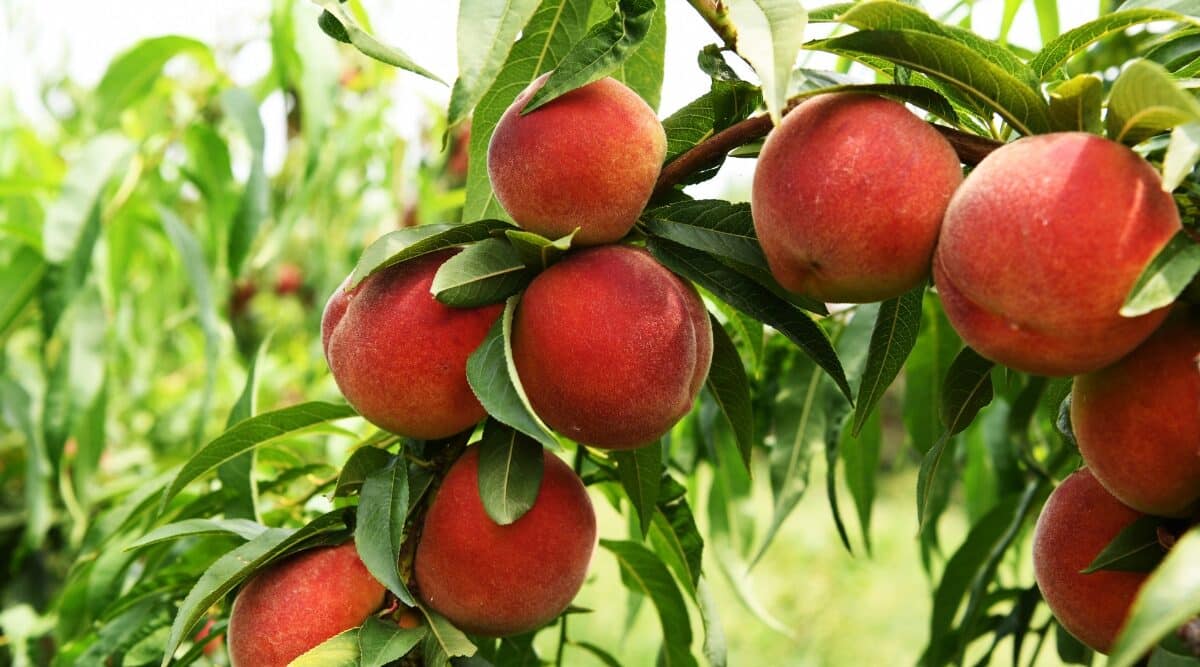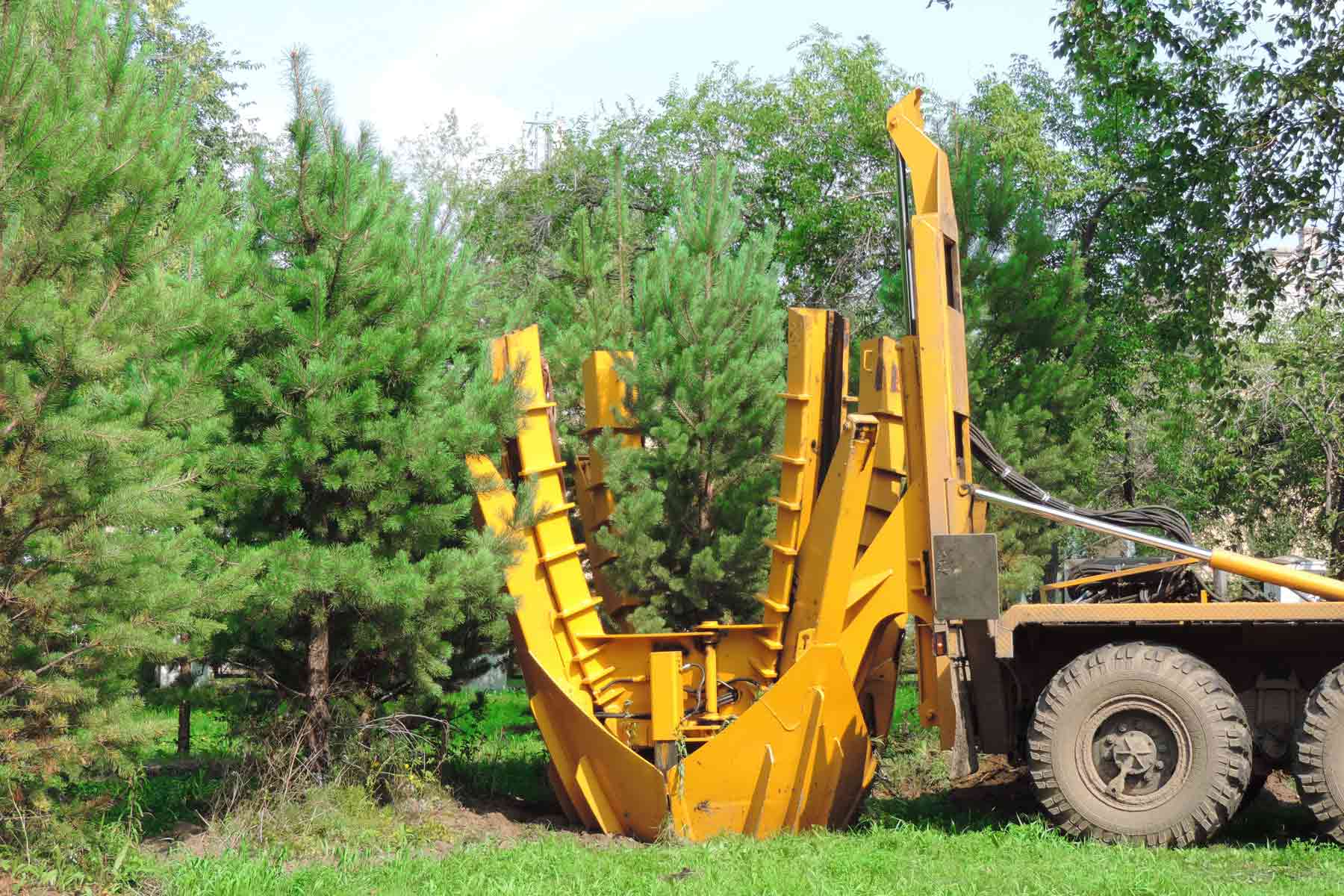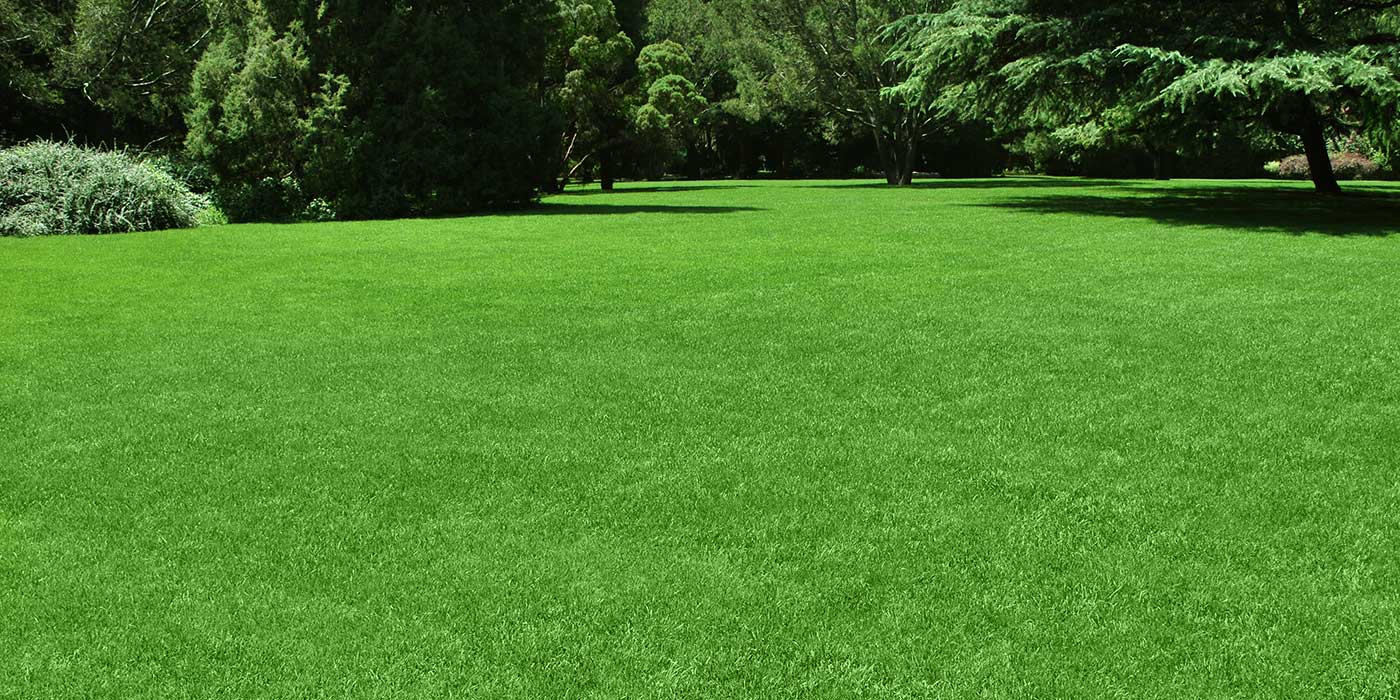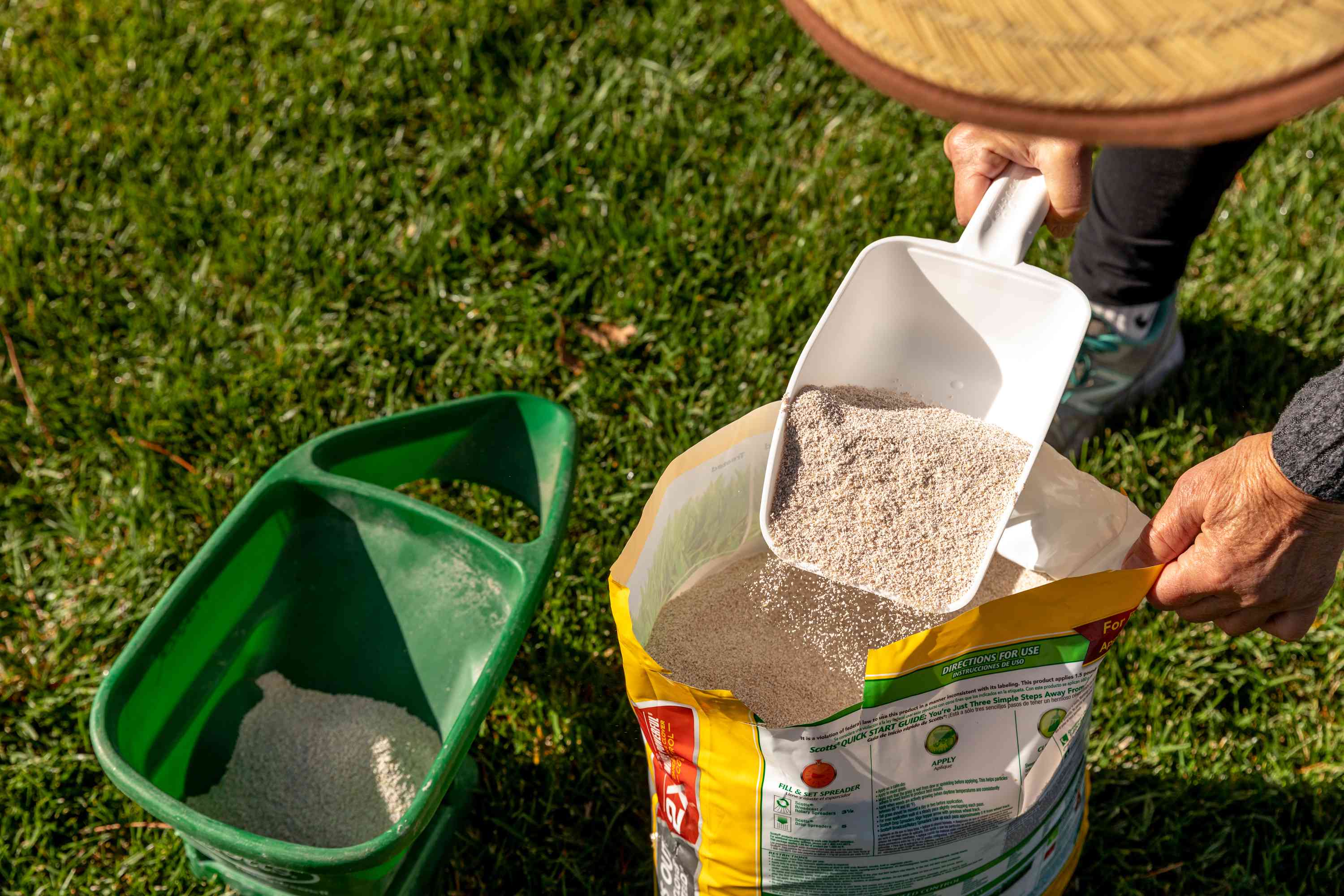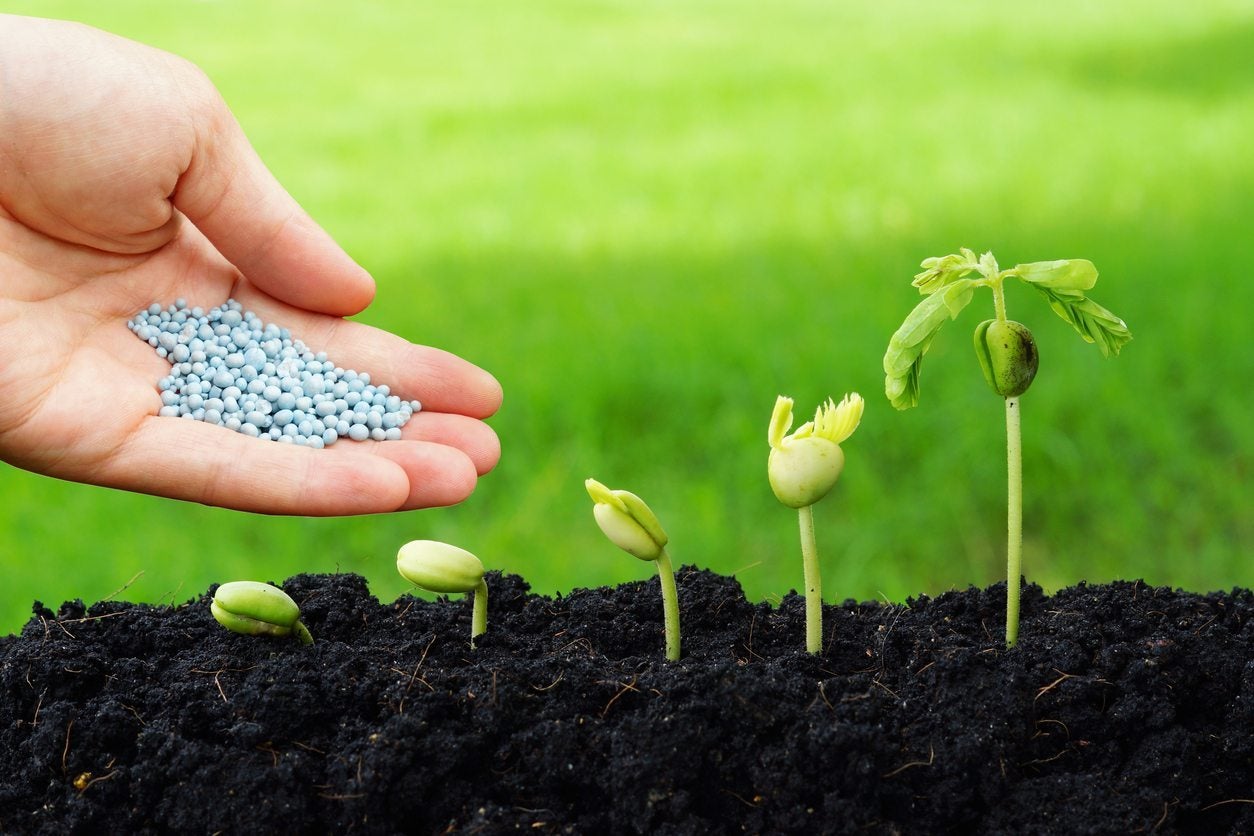Home>Gardening Tips and Tricks>Maximizing Yield>When To Fertilize Peach Trees
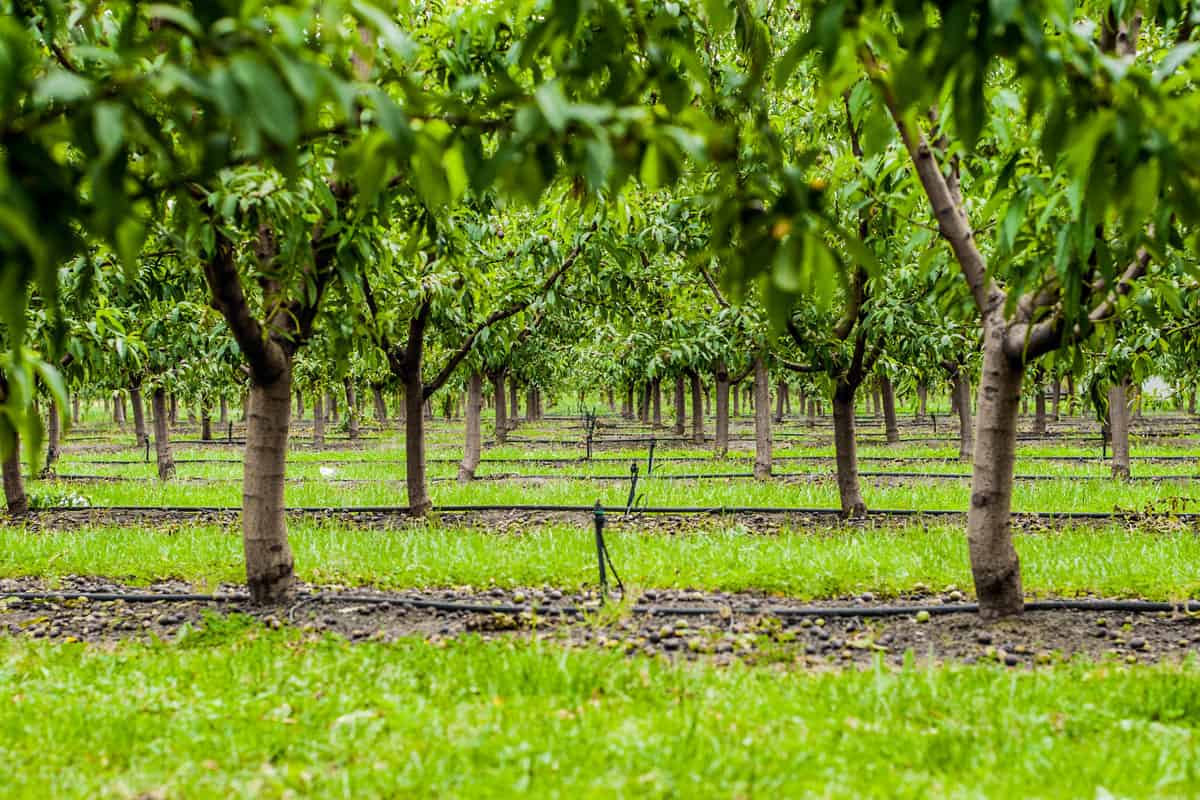

Maximizing Yield
When To Fertilize Peach Trees
Modified: January 22, 2024
Discover the optimal timing for fertilizing peach trees to maximize yield. Enhance your peach tree's health and productivity with our expert fertilization tips.
(Many of the links in this article redirect to a specific reviewed product. Your purchase of these products through affiliate links helps to generate commission for Chicagolandgardening.com, at no extra cost. Learn more)
Table of Contents
Introduction
Welcome to the world of peach tree cultivation! Peach trees are not only a beautiful addition to any garden or orchard but also provide us with delicious and juicy fruits. However, like any living organism, these trees require proper care and attention to thrive.
One crucial aspect of peach tree care is fertilization. Fertilizing your peach trees on time and with the right nutrients can significantly enhance their growth, health, and fruit production. But when is the best time to fertilize peach trees? And what factors should you consider before applying fertilizer?
In this article, we will explore the answers to these questions and delve into the best practices for fertilizing peach trees. Whether you’re a seasoned gardener or a novice enthusiast, this guide will provide you with valuable insights to maximize the yield and overall health of your peach trees.
So, let’s dive in and uncover the secrets to successful fertilization for peach trees!
Understanding Peach Trees
Before we delve into the specifics of fertilizing peach trees, it’s essential to have a basic understanding of these remarkable fruit-bearing plants.
Peach trees, scientifically known as Prunus persica, belong to the Rosaceae family. They are deciduous trees native to China and are now widely cultivated for their juicy and flavorful fruits.
One of the notable characteristics of a peach tree is its moderately fast growth rate. When provided with the right growing conditions, these trees can reach an average height between 10 to 20 feet and span an equivalent width. Most peach tree varieties have attractive pink blossoms during the spring, making them a picturesque addition to any garden.
When it comes to peach tree cultivars, there are two main types: freestone and clingstone. Freestone peaches have a flesh that easily separates from the pit, making them ideal for eating fresh or using in cooking. On the other hand, clingstone peaches have flesh that clings to the pit, making them better suited for canning and preserving.
Now that you have some background knowledge about peach trees, let’s move on to the factors you should consider before fertilizing these fruit trees.
Factors to Consider Before Fertilizing
Before applying any fertilizer to your peach trees, it’s crucial to assess certain factors that can influence their nutrient needs. Taking these factors into account will help ensure that your fertilization efforts are effective and tailored to the specific requirements of your trees.
1. Soil Composition: Understanding the composition of your soil is key to providing the right nutrients to your peach trees. Conduct a soil test to determine the pH level, nutrient content, and organic matter present in the soil. This will help you identify any deficiencies or imbalances that need to be addressed.
2. Tree Age: The age of your peach trees plays a role in determining their nutrient requirements. Younger trees may need a different fertilizer formulation and quantity compared to older, more established trees. Consider the age of your trees when selecting the appropriate fertilizer.
3. Tree Health: Assess the overall health of your peach trees before fertilizing. Trees that are stressed, diseased, or experiencing pest infestations may require special attention. Address any underlying health issues before proceeding with fertilization.
4. Environmental Conditions: Consider the climate and weather patterns in your region. Extreme temperatures, drought, or excessive rainfall can affect nutrient uptake and utilization by peach trees. Adjust your fertilization schedule accordingly to provide optimal nourishment under prevailing environmental conditions.
5. Previous Fertilization: Take into account any previous fertilization that has been done on your peach trees. If you recently applied fertilizer, it’s important to understand its composition and the time it takes for the nutrients to be fully utilized. Over-fertilization can have detrimental effects on tree health.
By considering these factors, you can develop a comprehensive fertilization plan that caters to the specific needs of your peach trees. Next, let’s explore the signs of nutrient deficiency in peach trees to help you identify when it’s time to fertilize.
Signs of Nutrient Deficiency in Peach Trees
Identifying nutrient deficiencies in peach trees is crucial for providing timely and appropriate fertilization. By understanding the signs, you can address any nutrient imbalances and ensure the health and productivity of your trees.
1. Nitrogen Deficiency: Nitrogen is essential for foliage growth and overall plant vigor. Signs of nitrogen deficiency include pale or yellowing leaves, stunted growth, and reduced fruit production.
2. Phosphorus Deficiency: Phosphorus is vital for root development, flowering, and fruiting. A deficiency in phosphorus can result in slow growth, purplish leaves, and reduced fruit quality.
3. Potassium Deficiency: Potassium helps with water uptake, disease resistance, and overall plant health. Signs of potassium deficiency include scorching or browning of leaf margins, weak stems, and decreased fruit size.
4. Magnesium Deficiency: Magnesium is necessary for chlorophyll production and photosynthesis. Yellowing between leaf veins, known as interveinal chlorosis, is a common symptom of magnesium deficiency in peach trees.
5. Zinc Deficiency: Zinc is involved in enzyme activation and hormone regulation. Peach trees deficient in zinc may exhibit shorter internodes, smaller leaves, and distorted fruit.
6. Iron Deficiency: Iron is vital for chlorophyll synthesis and energy production. Yellowing of the leaves, particularly between the veins, is a sign of iron deficiency.
It’s important to note that these signs of nutrient deficiency can sometimes overlap or be indicative of other issues. Conducting a soil test can help confirm the specific nutrient deficiencies and guide you in selecting the appropriate fertilizer.
Now that you can recognize the signs of nutrient deficiency in peach trees, let’s move on to discussing the best time to fertilize these trees for optimal results.
Best Time to Fertilize Peach Trees
The timing of fertilization plays a vital role in maximizing the effectiveness of the nutrients provided to peach trees. Understanding the best time to fertilize will ensure that the trees receive the right nourishment during critical growth stages.
1. Early Spring: The ideal time to fertilize peach trees is in early spring, just before bud break. This allows the trees to access the nutrients as they enter their active growth phase. Applying fertilizer at this time helps support healthy foliage development and overall tree vigor.
2. Split Application: For mature peach trees, it is beneficial to split the fertilizer application into two parts. The first application can be done in late winter or early spring, and the second application can be done about six to eight weeks later. This split application helps provide a continuous supply of nutrients throughout the growing season.
3. Late Fall: Another option is to apply a balanced, slow-release fertilizer in late fall, around November or just after harvest. This can help ensure that the trees have adequate nutrients stored for the following growing season.
It is important to note that the timing may vary depending on the specific climatic conditions and region. Monitoring the growth stage of your peach trees and observing any signs of nutrient deficiencies can also guide you in determining the best time for fertilization.
Next, let’s explore the different types of fertilizers that can be used for peach trees.
Types of Fertilizers for Peach Trees
Choosing the right type of fertilizer for your peach trees is essential to ensure they receive the necessary nutrients for healthy growth and abundant fruit production. There are several types of fertilizers available, each with its own advantages and considerations.
1. Balanced Fertilizers: These fertilizers contain a blend of nitrogen (N), phosphorus (P), and potassium (K), often represented as N-P-K ratios on the packaging. A balanced formula, such as 10-10-10 or 14-14-14, provides a well-rounded mix of nutrients for overall tree health.
2. Organic Fertilizers: Organic options, such as compost, manure, or bone meal, are derived from natural sources. They enrich the soil with organic matter and slowly release nutrients over time. Organic fertilizers improve soil structure and enhance long-term soil fertility.
3. Slow-Release Fertilizers: These fertilizers are designed to gradually release nutrients over an extended period. Slow-release options, such as coated granules or pellets, provide a steady supply of nutrients, reducing the risk of over-fertilization and nutrient leaching.
4. Foliar Fertilizers: Foliar fertilizers are applied directly to the leaves of peach trees. They are dissolved in water and sprayed onto the foliage, allowing the leaves to absorb the nutrients. Foliar fertilization can be an effective method for quickly addressing nutrient deficiencies.
When selecting a fertilizer, consider the specific nutrient requirements of your peach trees, as indicated by soil tests and visual assessments of any nutrient deficiencies. It is also essential to follow the manufacturer’s instructions regarding application rates and frequency to avoid over-application.
Now that we have explored the different types of fertilizers available, let’s move on to the proper techniques for applying fertilizer to peach trees.
How to Apply Fertilizer to Peach Trees
Applying fertilizer to peach trees involves proper techniques to ensure the nutrients are distributed efficiently and effectively. Here are some guidelines to follow when fertilizing your peach trees:
1. Measure and Calculate: Determine the amount of fertilizer needed based on the size, age, and specific nutrient requirements of your peach trees. Follow the recommended application rates provided on the fertilizer packaging.
2. Spread it Out: Distribute the fertilizer evenly within the tree’s drip line, which is the area under the outermost branches where rainwater naturally falls. Avoid applying the fertilizer too close to the trunk, as this may cause root burn or over-concentration of nutrients.
3. Incorporate into Soil: Gently work the fertilizer into the soil surface using a rake or cultivator without damaging the tree’s root system. This helps ensure that the nutrients are readily available to the roots for absorption.
4. Water Thoroughly: After applying the fertilizer, give your peach trees a deep watering to help dissolve and activate the nutrients in the soil. This encourages proper uptake by the roots and prevents potential nutrient imbalance.
5. Mulch Application: Apply a layer of organic mulch around the base of the peach tree, keeping it a few inches away from the trunk. This helps retain soil moisture, suppresses weed growth, and provides additional nutrients as the mulch breaks down over time.
6. Follow Fertilization Schedule: Stick to a regular fertilization schedule based on your peach trees’ needs and the fertility of your soil. Remember that over-application of fertilizers can be harmful, so it’s essential to follow the application guidelines and not exceed the recommended doses.
By following these steps, you can ensure that your peach trees receive the necessary nutrients for healthy growth and optimal fruit production.
Next, let’s discuss some precautions and tips to keep in mind when fertilizing peach trees.
Precautions and Tips for Fertilizing Peach Trees
While fertilizing peach trees is an essential part of their care, it’s crucial to take precautions and follow some tips to ensure the process is done correctly and without any adverse effects. Here are some precautions and tips to keep in mind:
1. Avoid Over-Fertilization: Applying too much fertilizer can lead to nutrient imbalances, root burn, and environmental pollution. Always follow the recommended application rates and avoid excessive use of fertilizers.
2. Timing is Key: Fertilize peach trees at the right time, such as in early spring or late fall, to support their growth and fruiting. Applying fertilizer during dormancy or extreme weather conditions may be less effective.
3. Consider Slow-Release Fertilizers: Slow-release fertilizers provide a controlled and gradual release of nutrients over time, reducing the risk of nutrient leaching and over-fertilization. Consider using slow-release options for long-term nourishment.
4. Watering and Soil Moisture: Ensure that your peach trees receive adequate water after fertilization. Watering helps activate the nutrients and assists in their absorption by the tree’s roots. Monitor soil moisture levels and adjust watering accordingly.
5. Avoid Trunk Damage: When applying fertilizer, be careful not to damage the trunk or root area. Injuries can lead to rot or disease entry points. Keep the fertilizer a few inches away from the trunk, and distribute it evenly within the tree’s drip line.
6. Pruning and Fertilizing: Prune your peach trees before applying fertilizer. Pruning helps remove dead or diseased branches and encourages new growth. Fertilizing after pruning allows the trees to use the nutrients more effectively.
7. Regular Soil Testing: Regularly conduct soil tests to assess the nutrient levels and pH of the soil. This helps you understand the specific nutrient requirements of your peach trees and adjust the fertilization plan accordingly.
8. Monitor Tree Health: Keep a close eye on the overall health of your peach trees. Observe for any signs of nutrient deficiencies or excessive growth, as these may indicate imbalance or improper fertilization. Make necessary adjustments to your fertilization practices as needed.
By following these precautions and tips, you can ensure that your peach trees receive the right amount of nutrients and flourish in their environment.
Now that you have a thorough understanding of fertilizing peach trees, you’re equipped with the knowledge to maximize the yield and health of your fruit-bearing beauties.
Conclusion
Fertilizing peach trees is a crucial aspect of their care and can significantly impact their growth, health, and fruit production. By understanding the factors to consider before fertilizing, recognizing the signs of nutrient deficiency, knowing the best time to fertilize, and using the right type of fertilizer, you can provide your peach trees with the nutrients they need for optimal growth and yield.
Remember to assess the soil composition, consider the age and health of the trees, and take into account environmental conditions before applying fertilizer. Regular soil testing and monitoring the overall health of the trees play an essential role in determining their nutrient requirements. This will help you tailor your fertilization approach to meet the specific needs of your peach trees.
Whether you choose balanced fertilizers, organic options, or slow-release formulations, ensure that you follow the recommended application rates and distribute the fertilizer evenly within the tree’s drip line. Watering thoroughly after fertilization helps activate the nutrients and aids in their absorption by the roots.
Lastly, be cautious not to over-fertilize, as this can lead to nutrient imbalances, root burn, and environmental pollution. Follow the recommended timing for fertilization and consider slow-release fertilizers for continuous nutrient supply. Regular pruning, along with proper fertilization, promotes healthy growth and fruit production.
By following these guidelines and taking the necessary precautions, you can provide optimal care for your peach trees and enjoy the rewards of bountiful harvests and thriving orchards for years to come.
